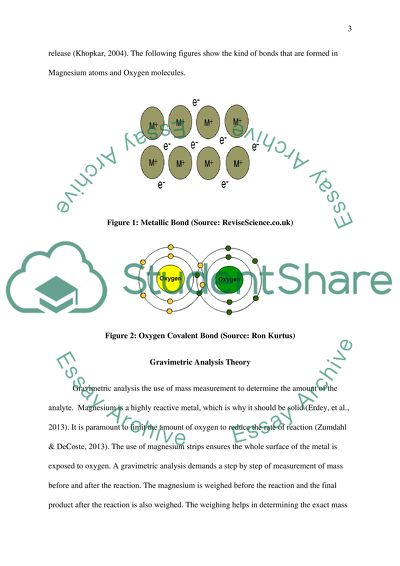Cite this document
(“Empirical Formula of Magnesium Oxide Lab Report”, n.d.)
Retrieved from https://studentshare.org/chemistry/1695597-emprical-formula-of-magnesium-oxide
Retrieved from https://studentshare.org/chemistry/1695597-emprical-formula-of-magnesium-oxide
(Empirical Formula of Magnesium Oxide Lab Report)
https://studentshare.org/chemistry/1695597-emprical-formula-of-magnesium-oxide.
https://studentshare.org/chemistry/1695597-emprical-formula-of-magnesium-oxide.
“Empirical Formula of Magnesium Oxide Lab Report”, n.d. https://studentshare.org/chemistry/1695597-emprical-formula-of-magnesium-oxide.


